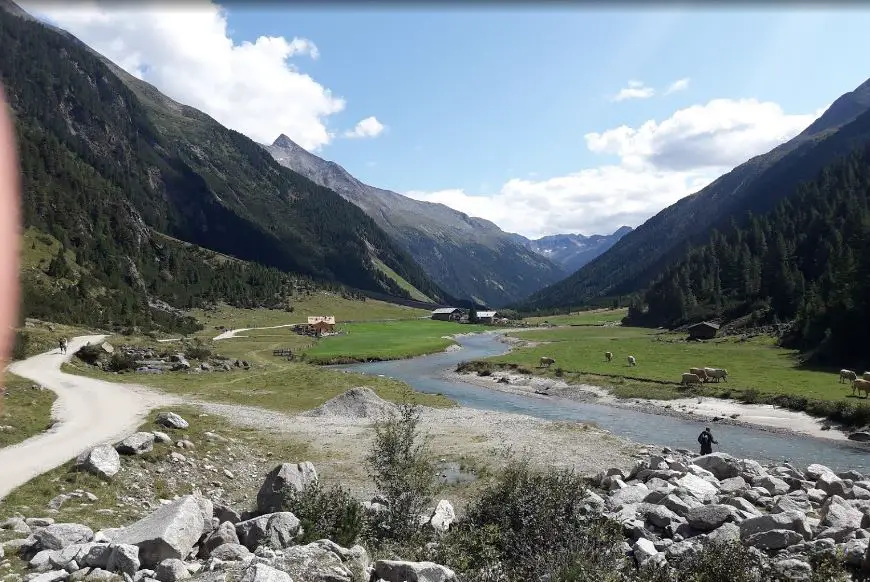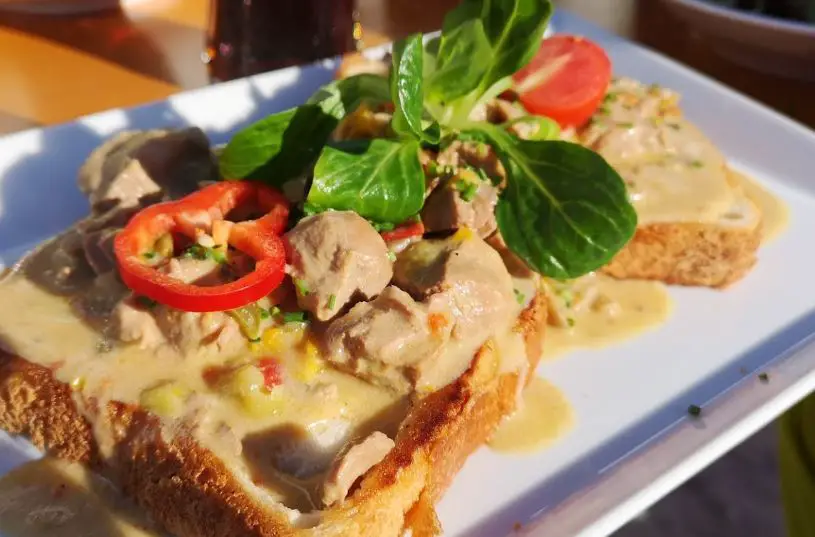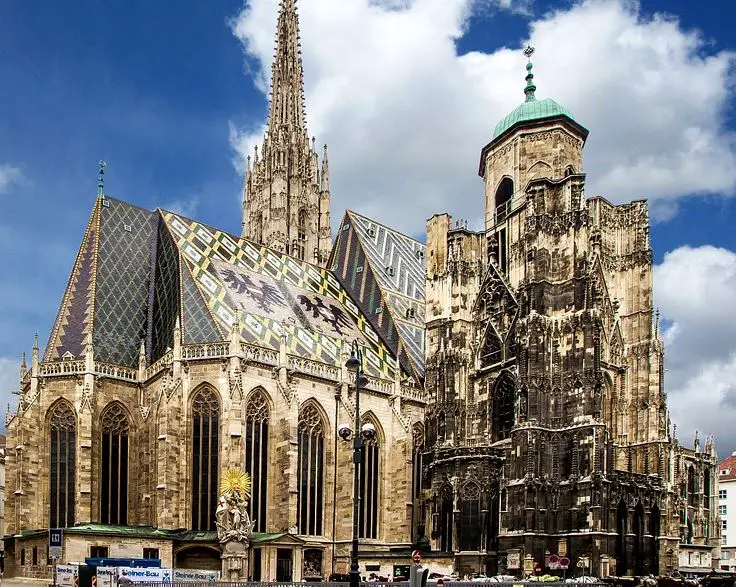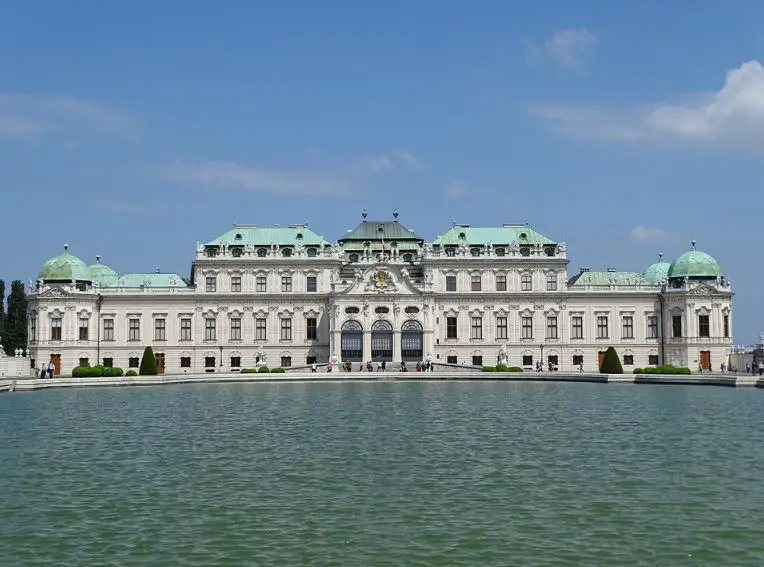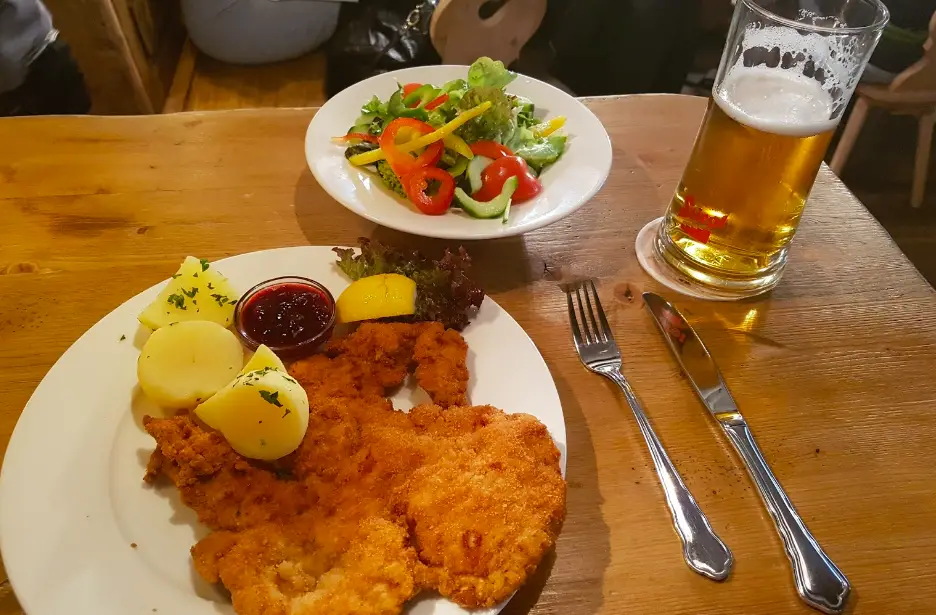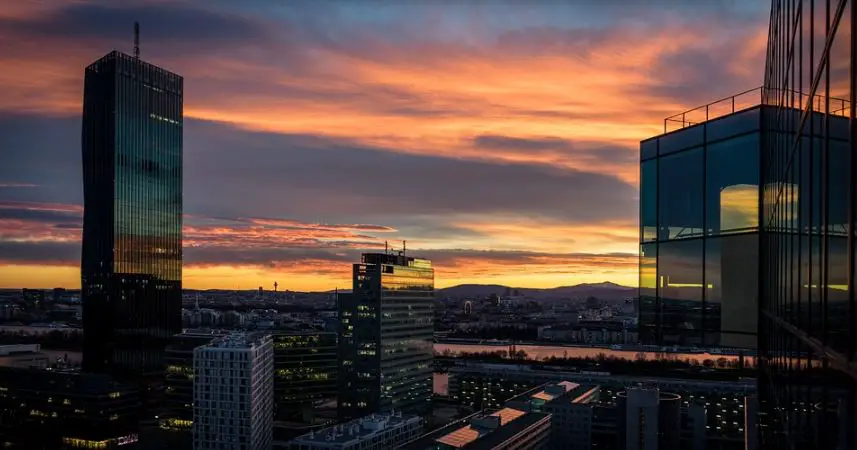What are some lesser-known Swiss cultural traditions?
Post ByAdequate Travel
Summary
From alpine yodeling to world-famous Swiss chocolate, Switzerland is well known for some of its traditional cultural practices. But beyond the traditional alpine activities and popular Swiss dishes, there are many lesser-known Swiss cultural traditions to discover. Here, we explore some of Switzerland’s unique cultural beliefs and practices to add to your itinerary on your next trip to the land of alps and cheese.1. Chalandamarz
Chalandamarz is a traditional winter custom celebrated in the canton of Graubünden on March 1st. It involves children parading through the streets, making noise with cowbells while driving away the winter. The celebration marks the arrival of spring and is believed to bring good luck for the upcoming year.
2. Tête de Moine cheese shaving
The Tête de Moine cheese, produced in the Jura Mountains, has a unique tradition of serving and consuming. Instead of slicing it, the cheese is traditionally shaved into rosette-shaped curls using a special knife called a girolle. This method is believed to enhance the flavors and texture of the cheese.
3. L'Escalade festival
L'Escalade is an annual festival celebrated in Geneva on the weekend closest to December 12th. The festival commemorates the failed attack by the Duke of Savoy in 1602. People dress up in historical costumes, participate in parades, and reenact scenes from the attack. One of the highlights is the smashing of a chocolate cauldron, symbolizing the defense of the city.
4. Sechseläuten
Sechseläuten is a spring tradition observed in Zurich on the third Monday of April. The name translates to 'the six o'clock ringing,' referring to the time when the bells of the churches would traditionally be rung. The main attraction is the burning of a snowman-like figure called the Böögg, representing winter. The faster the Böögg's head explodes during the burning, the better the upcoming summer is believed to be.
5. Alphorn playing
The alphorn is a traditional Swiss wind instrument dating back to ancient times. In some regions, like the Bernese Oberland, traditions of alphorn playing are still alive. Alphorn musicians gather to perform concerts or serenade the mountains and valleys with their melodious tunes. The sound of the alphorn is considered a symbol of Swiss cultural heritage.
Travellers can find valuable travel information for tourists, such as local customs, must-see attractions, and dining recommendations, to make the most of their trip.Suggested Questions
- Château de Seon, Seon: Horror Story, History & Paranomial Activities
- La Roche Castle, La Roche: Horror Story, History & Paranomial Activities
- Château de Fribourg, Fribourg: Horror Story, History & Paranomial Activities
- Wildegg Manor, Wildegg: Horror Story, History & Paranomial Activities
- St. Peter's Church, Zurich: Horror Story, History & Paranomial Activities
- Bavois Castle, Bavois: Horror Story, History & Paranomial Activities


